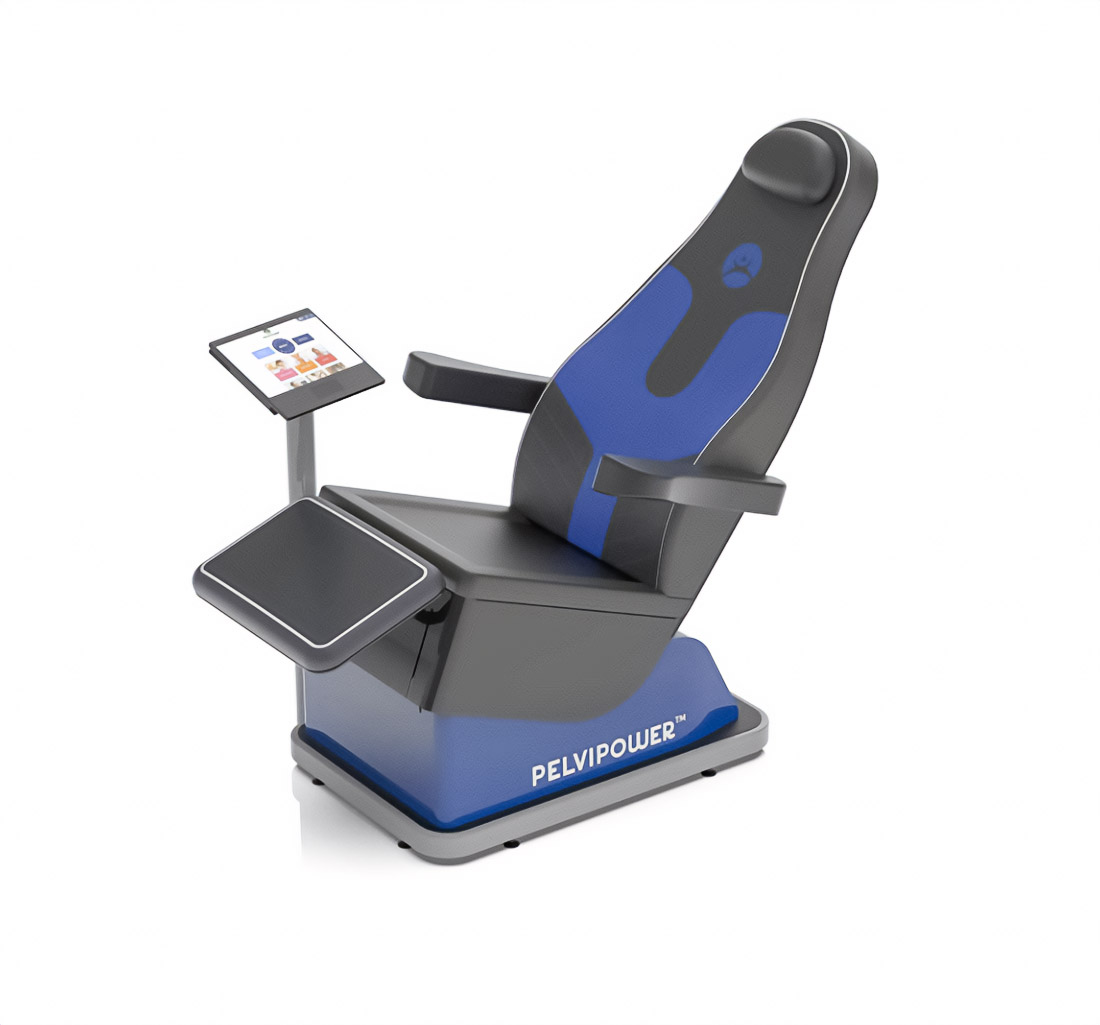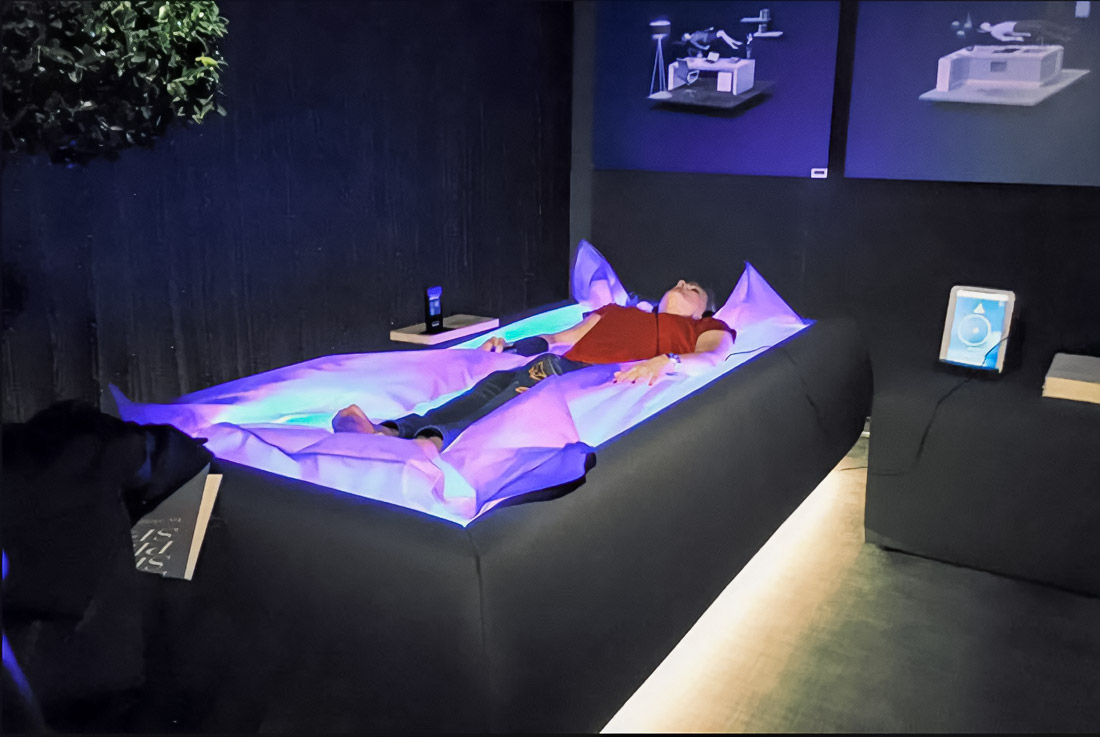
Electromagnetic fields have become an integral part of our everyday environment. From natural sources, such as solar radiation, to artificial, such as power lines and devices in mobile communication, these fields make possible an enormous quantity of modern technologies. Feature electromagnetic fields consist of their ability to propagate through space and interact with charged particles, which is caused by their complex nature, representing a combination of electric and magnetic fields. For optimal usage of these fields in various applications, such as medicine and communication, it is important to understand their interaction with materials. In this context, pelvipower chair cost can serve as an example application of similar technologies for wellness purposes.
Page Content
Electromagnetic environment and its everyday significance

These fields exert significant influence on various materials dependent on their physical properties, such as conductivity, dielectric, and magnetic permeability. Electromagnetic waves, generated due to oscillations of electric charges, transfer energy through various media, making possible spheres of application such as communication and medicine. For full-scale understanding, their interaction with materials is important to delve into the concept of depth of penetration.
Subtleties depth of penetration electromagnetic field

Parameters, defining penetration
The depth of penetration of the electromagnetic field characterizes the distance over which the wave loses intensity to 1/e (approximately 37%) from its original magnitude upon entry into the material. This parameter directly affects efficiency waves in different media. Mathematical formula for calculation depth of penetration (\(\delta\)) includes frequency (\(f\)), magnetic permeability (\(\mu\)), and conductivity (\(\sigma\)):
\[
\delta = \frac{1}{\sqrt{\pi f \mu \sigma}}
\]
Here depth of penetration decreases with increase frequency and resistance material, what explains, why high-frequency waves poorly penetrate through metals.
Factors exerting impact on depth of penetration
- Frequencies waves: High-frequency waves are absorbed faster thanks to increased resistance in conductors, which leads to greater heat release and more rapid attenuation.
- Material properties: Conductivity — key factor, defining the ability of a material to conduct electric current. Metals with high conductivity have a smaller depth of penetration due to substantial release energy in the form of heat. Magnetic permeability defines how well a material succumbs to magnetization, which also affects the ability to penetrate.
- Temperature changes: Temperature can change the conductivity and magnetic properties of the material, influencing the depth of penetration. Increased temperature can raise conductivity, reducing the depth of penetration, thus creating additional heat release.
Real impact on efficiency technologies

Areas communication and technologies
The depth of penetration of electromagnetic waves plays a critical role in efficient transmission and absorption of signals in such areas as communication and medicine. Radio waves of low frequency penetrate through buildings, providing reliable communication inside cities. More about electromagnetic waves can learn on Wikipedia.
Applications in medicine
In medical area, especially in imaging, such as magnetic resonance imaging (MRI), ability high-frequency radio waves penetrate into tissues organism defines as quality, so and accuracy diagnosis diseases.
Innovations in electronics
The development of antennas and microwave devices requires a deep understanding of the interaction of electromagnetic waves with materials for more efficient transmission and reception. Examples of successful markets include Wi-Fi and cellular communication, where different frequencies are used for reliable coverage. Additional information about Wi-Fi can find on Wikipedia.
Examples from real life and research

Examples success
- Wi-Fi technologies use range frequencies so as to provide reliable coverage both indoors and outside.
- MRI provides diagnosis internal organs without invasive interventions through principle nuclear magnetic resonance.
- Ultrasound diagnostics relies on the depth of penetration of waves for accurate analysis of the state of internal organs.
Modern research
Modern research focused on creating metamaterials, which can manage the direction and intensity of electromagnetic waves. Nanotechnologies open the newest opportunities to improve the interaction of electromagnetic fields with materials. Development of adaptive systems for more efficient transmission signals is possible thanks to nanostructures, which can change their properties in response to external changes. Learn more about nanotechnologies can on britannica.com.
Conclusions and future direction research

Understanding concept depth of penetration and factors, influencing on it, significantly enhances quality modern technologies and their efficiency. In future emphasis will be on development advanced materials and technologies, which will allow optimally use electromagnetic fields in diverse areas, from communication to medicine and electronics.






